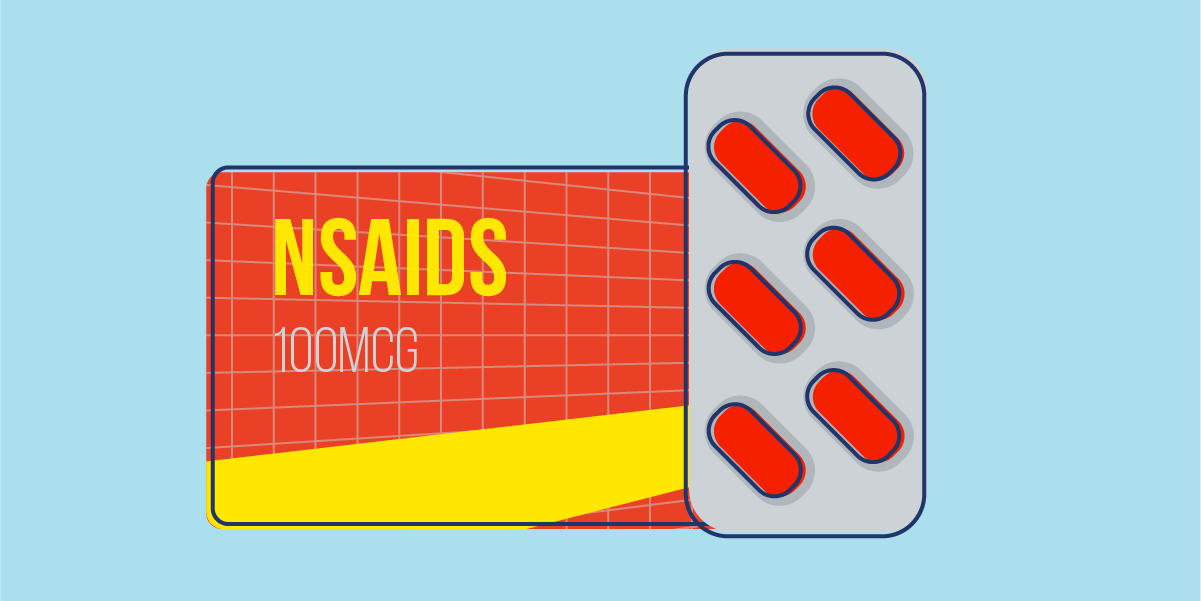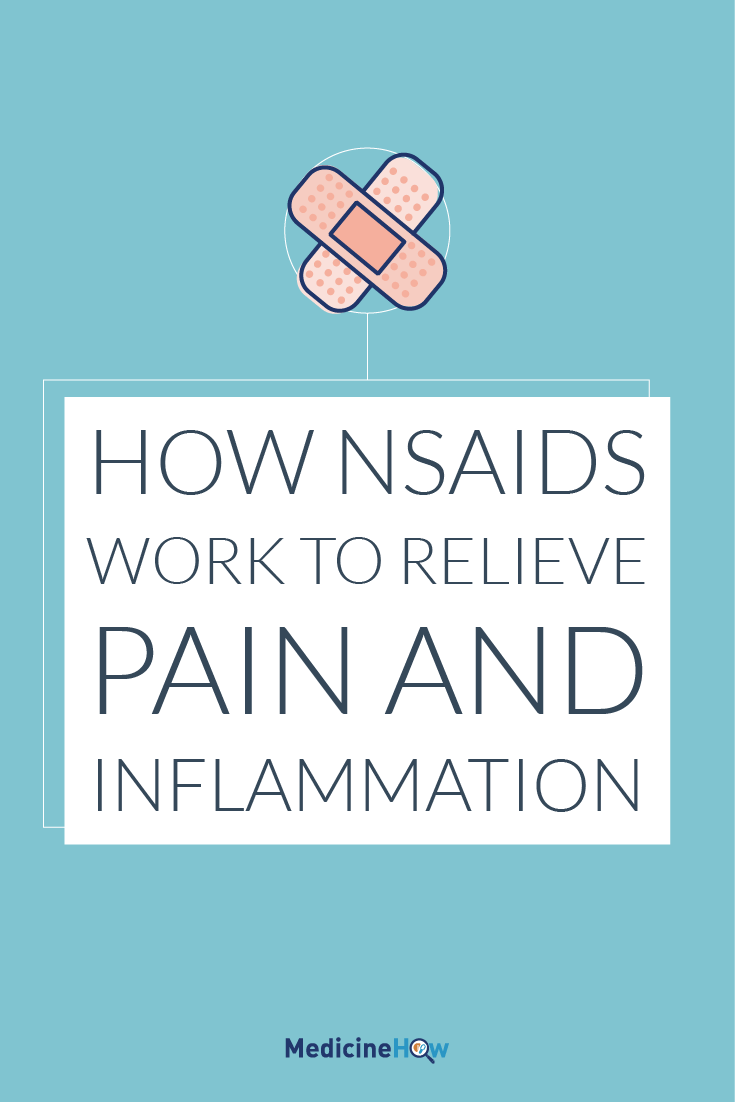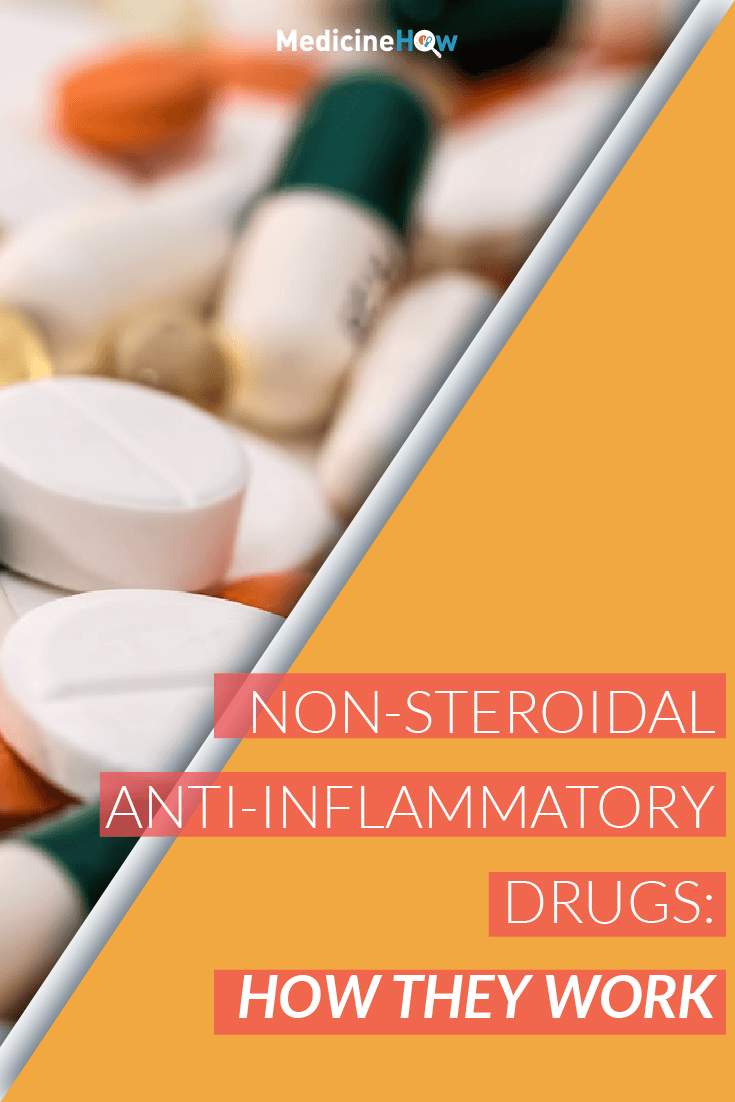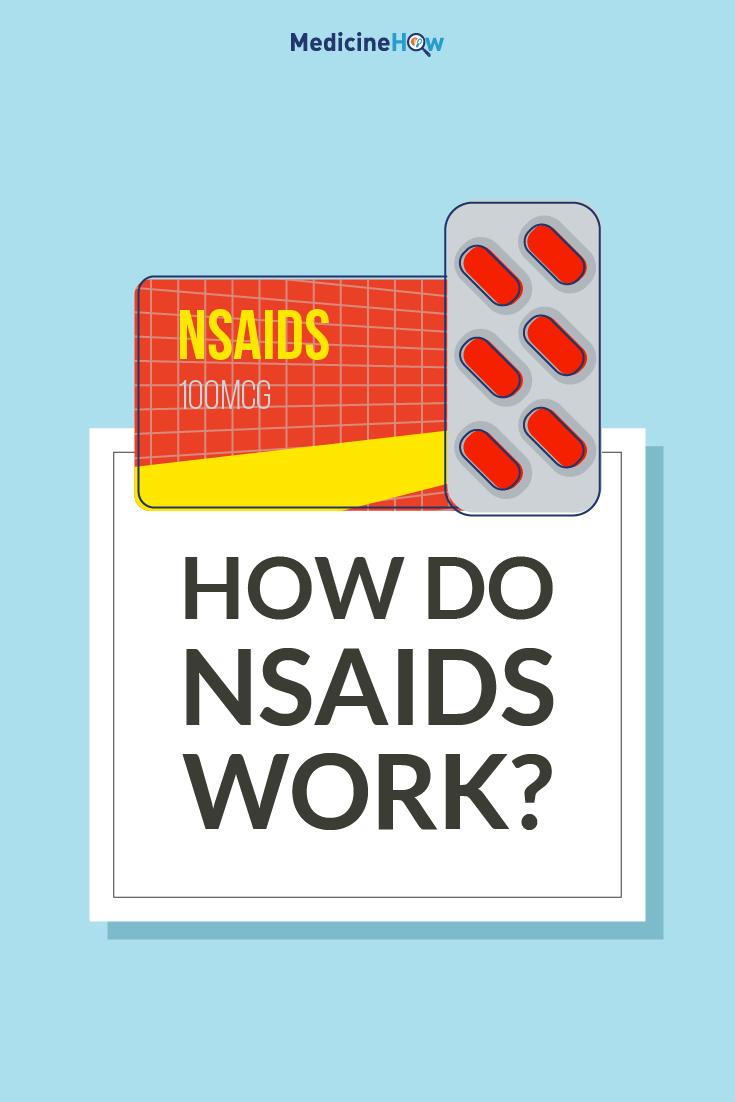
Non-steroidal anti-inflammatory drugs (NSAIDs) are a class of drugs that work in a similar way in your body. We group them together so that it’s easier for us to understand how they work and the similarities and differences between them.
NSAIDs work by blocking the production of substances called prostaglandins, which have a number of effects on the body, including to cause pain and inflammation. This is why they are often used to relieve pain or inflammatory conditions, such as arthritis. They can also help to reduce fever.
Examples of NSAID Drugs
There are many different types of NSAID drugs, including:
Celecoxib (COX-2 selective NSAID)
Etoricoxib (COX-2 selective NSAID)
Meloxicam (COX-2 selective NSAID)
There are several main things that can differ between each of the NSAID drugs, and these differences are what might make us decide to use one over another at any specific time. These are:
How long it works: some work quickly but wear off quickly, others take longer to kick in but last for longer (meaning you can take a dose less often).
Specific action and side effects: some have a general effect to reduce prostaglandin production, but others selectively block COX-2, which helps to relieve pain with fewer side effects.
Type of drug: some are only available as an oral tablet, while others can be used as topical cream or a suppository etc.
There are two different types of NSAIDs, according to the way that they stop prostaglandins from being produced. They can either inhibit both COX-1 and COX-2, which are known as nonselective NSAIDs, or can mainly inhibit COX-2, which are known as selective NSAIDs. We’ll get into the difference between these two in more detail in just a moment.
What are NSAIDs used for?
NSAIDs can be used to help relieve pain and inflammation of many different health conditions, including:
Rheumatoid arthritis
Osteoarthritis
Gout
Sports injuries
Pain relief (e.g. headache, migraine, period pain, muscular pain, cancer bone pain, renal colic, post-surgery pain)
- Fever
How do NSAIDs work?
To understand how NSAIDs work, we need to know a little bit about the body and why we feel pain in the first place.
You have something called prostaglandins in almost every tissue of your body. These are fatty compounds that can have certain effect in different parts of your body. There are many different types of prostaglandins, which can each have different effects on your body. For example, prostaglandins may cause your blood vessels to relax and widen, the platelets in your blood to come together to form a clot, or the tissues in your body to become inflamed.
These prostaglandins are produced with the help of cyclooxygenases (COX) in the body, which convert arachidonic acid, DGLA or EPA to different prostaglandins through a process of oxidation. There are two different types of COX: COX-1 produces the normal levels of prostaglandins and COX-2 stimulates the production of prostaglandins. Both types are present in your blood, stomach and kidney to regulate the production of prostaglandins and their function in the body.
NSAIDs work by inhibiting COX-1 or COX-2 so that they cannot increase the production of prostaglandins in the body. When there is less prostaglandin, their effects (such as to cause pain and inflammation) are reduced.
Precautions
There are some people who may need to avoid using NSAIDs because they may be at risk of side effects due to the medication.
Peptic ulcers or GI bleeding:
Coagulation disorders:
Cardiovascular disease:
Asthma:
Inflammatory Bowel Disease (IBD)
Renal Impairment
Side Effects
People who take NSAIDs may notice a range of side effects as a result of taking the medication. These effects do not affect everybody, but are more likely to occur to people taking an NSAID. Common side effects may include:
Nausea
Heartburn (dyspepsia)
Diarrhea
Headache
Dizziness
High blood pressure
Stomach ulcers
This is not a complete list of side effects, but just some of the most common. Please see the information leaflet of each medication for a more detailed list.
Drug Interactions
NSAIDS can interact with many different types medications when used in combination, including:
Aldosterone antagonists
Alendronate
Brimonidine
Calcineurin inhibitors
Corticosteroids
Cyclosporin
Lithium
Loop diuretics
Methotrexate
Phenindione
Potassium
Prostaglandin analogues
Tacrolimus
Thiazide diuretics
Thiazolidinediones
Triamterene
- Warfarin
Pregnancy and Breastfeeding
NSAIDs are not usually recommended for women who are pregnant or trying to conceive. This is because it can interfere with fertility and the development of the fetus.
For women planning to become pregnant, NSAIDS can prevent or delay ovulation, so that they are less likely to conceive. Additionally, using NSAIDS during pregnancy, particularly at the time of conception, is linked to a higher risk of miscarriage. NSAIDS may also cause other problems later on in the pregnancy and should be avoided.
For women who are breastfeeding, NSAIDs are considered safe to use.
Pin It!




